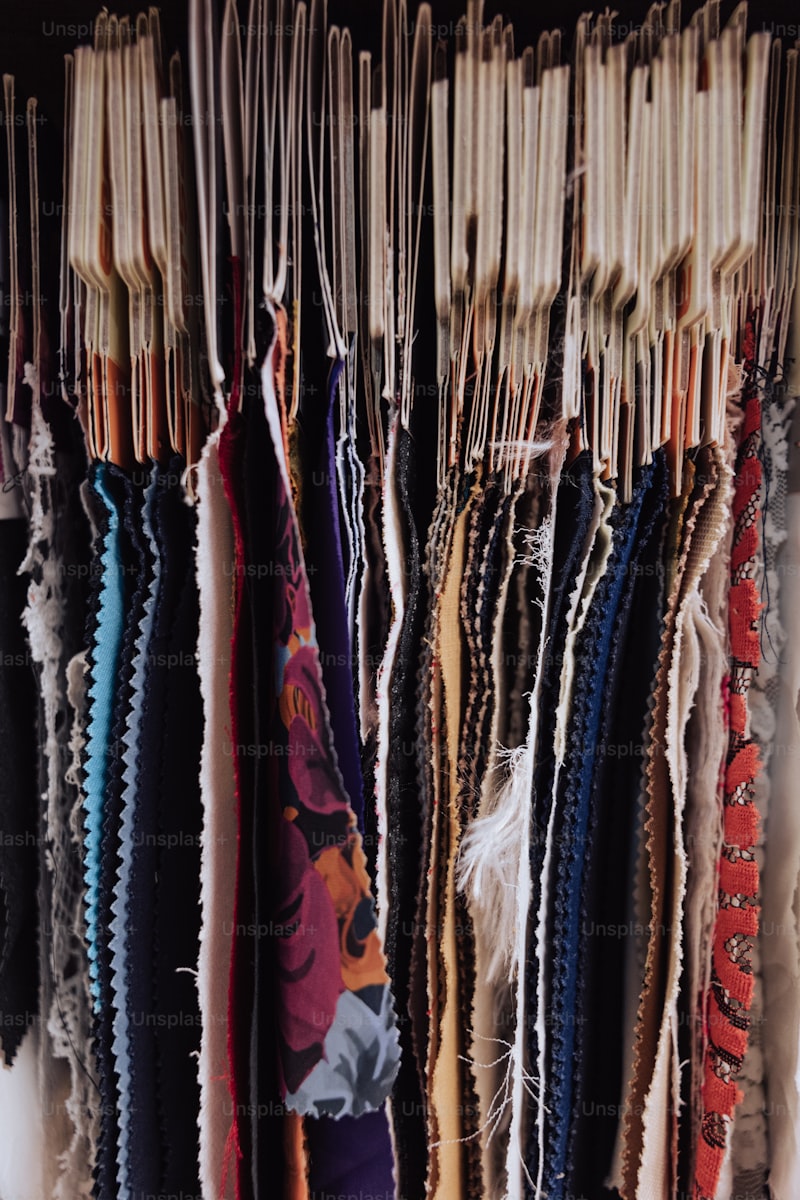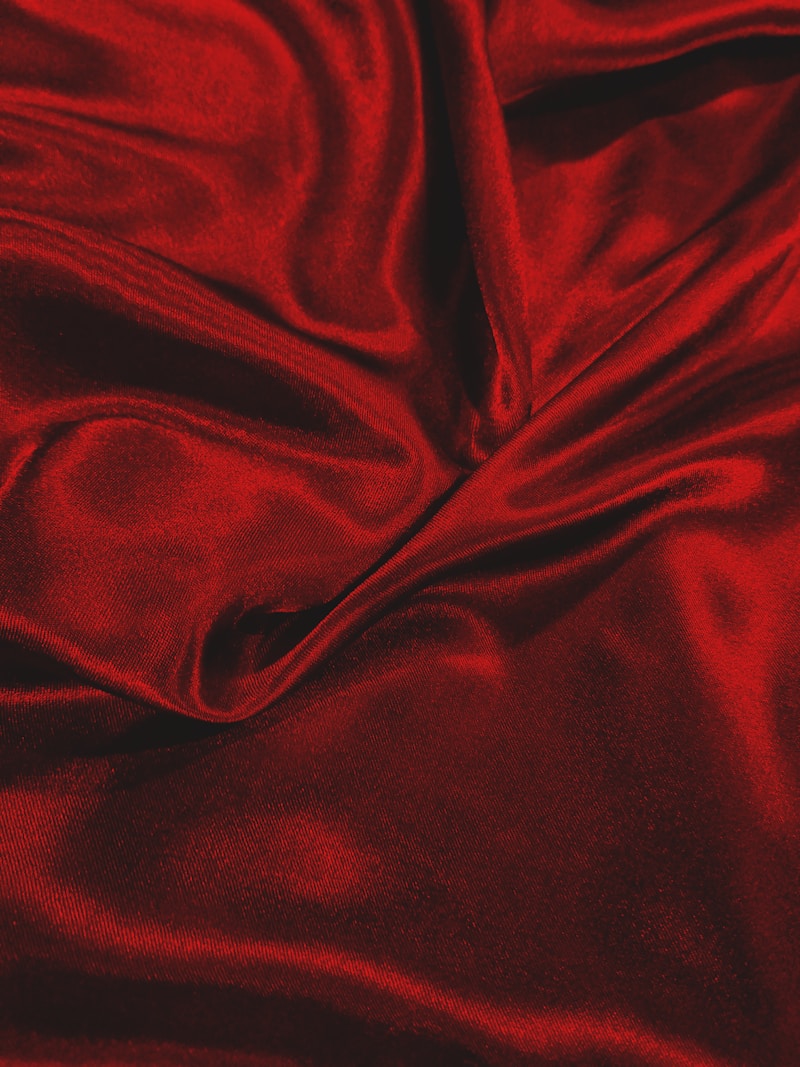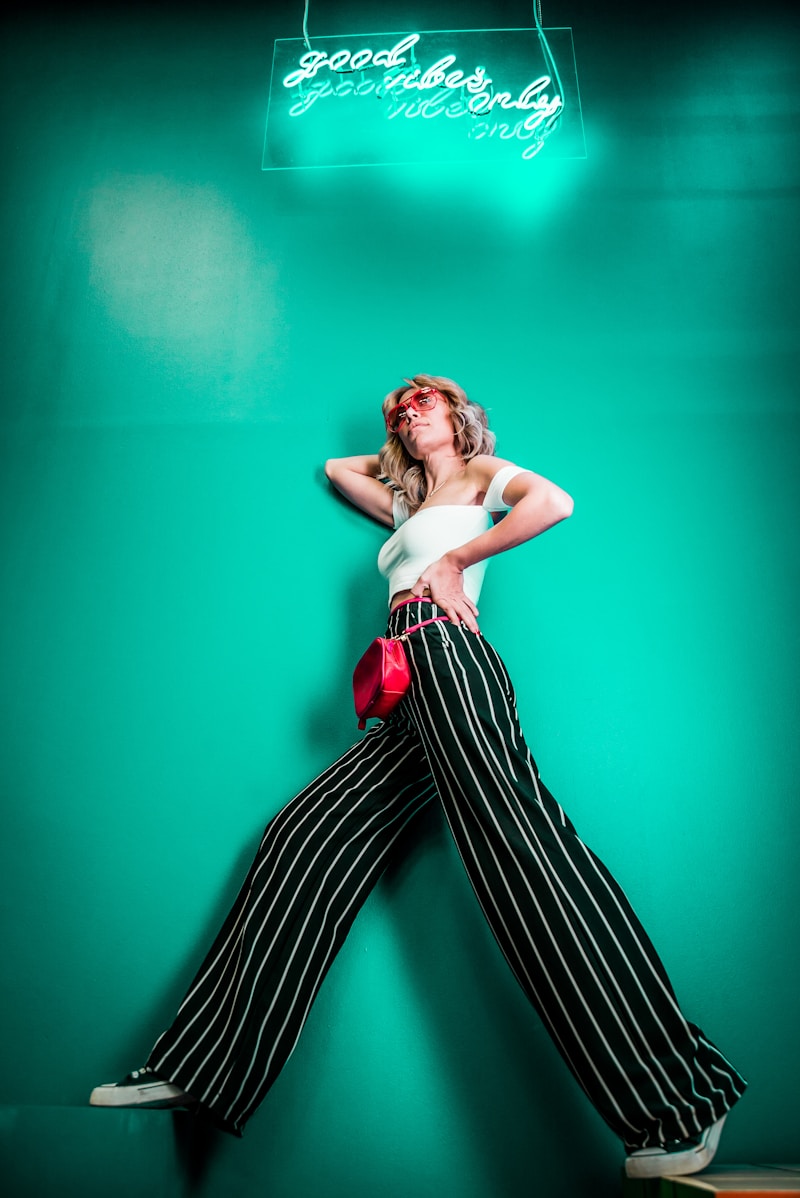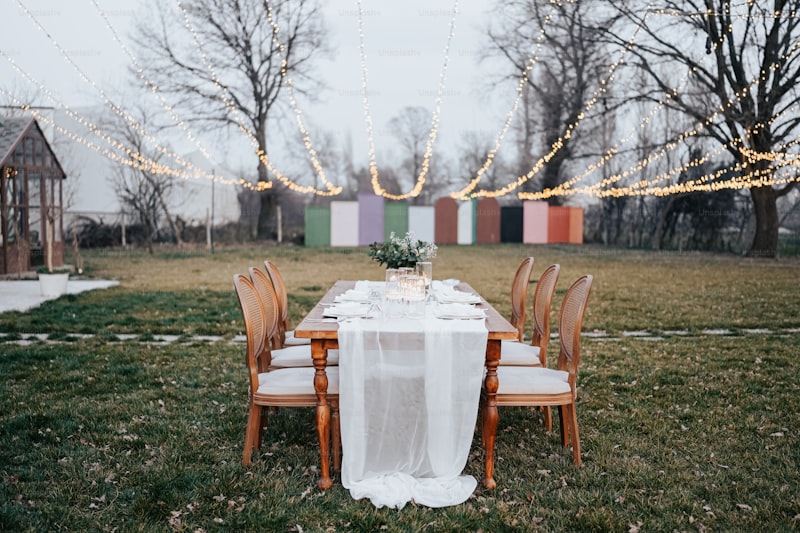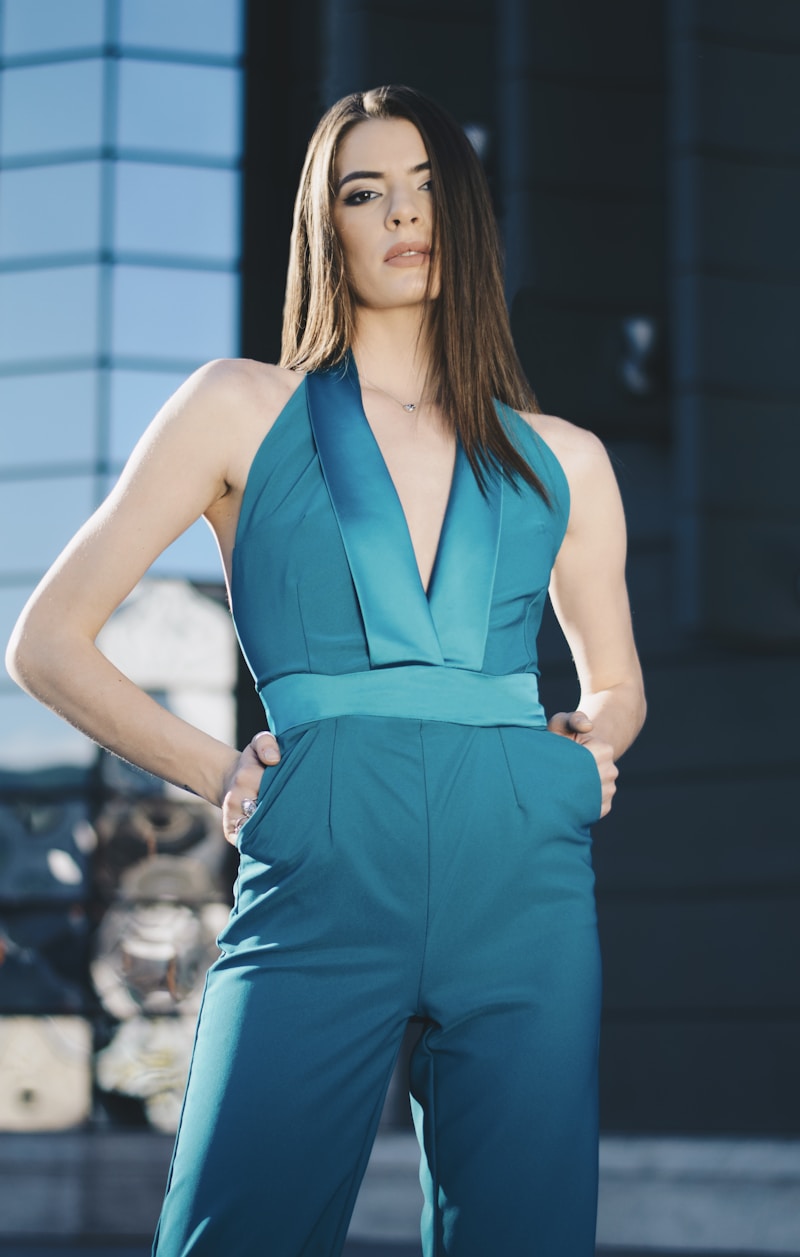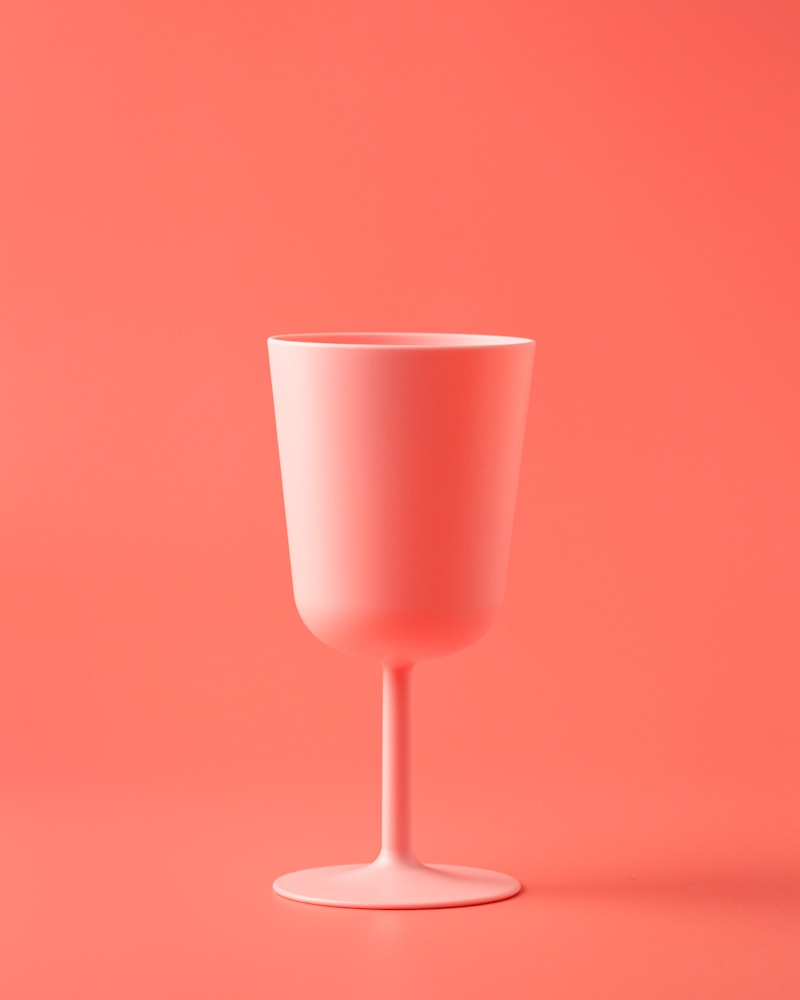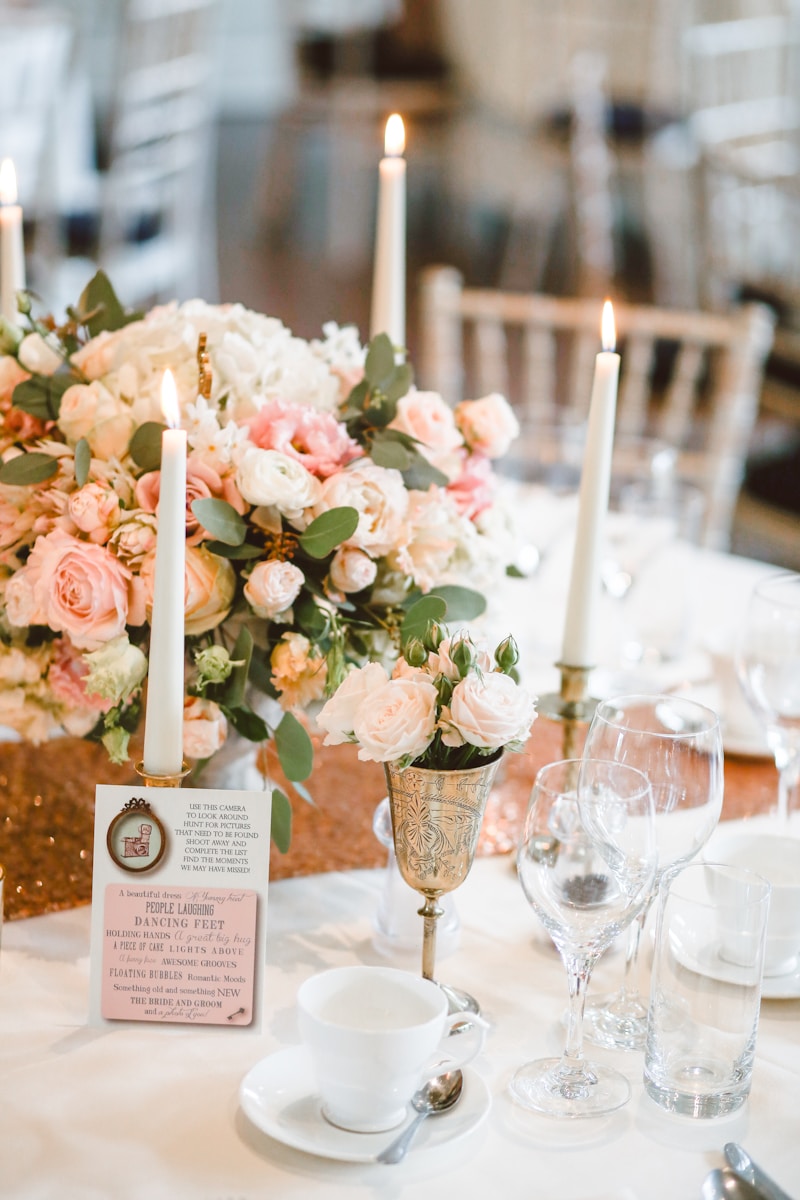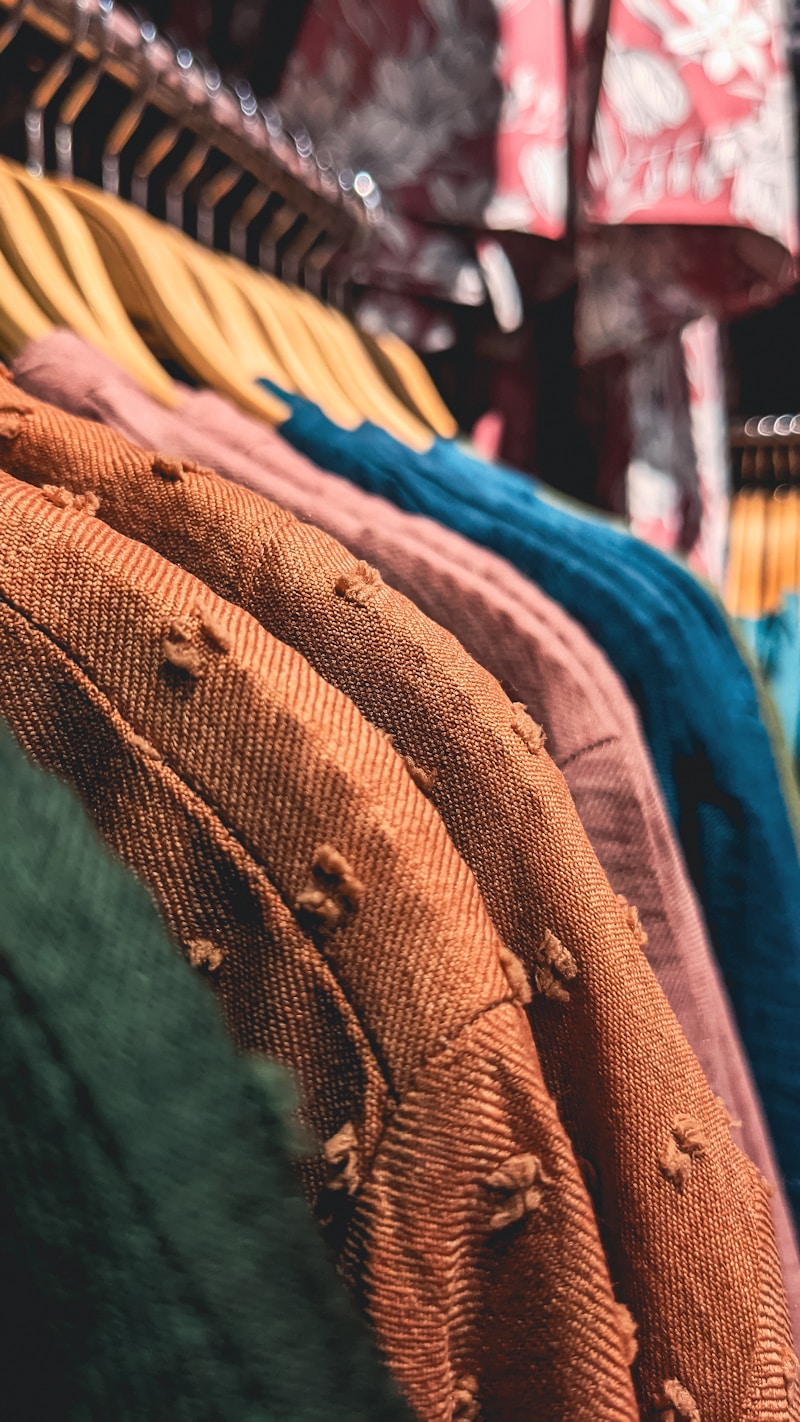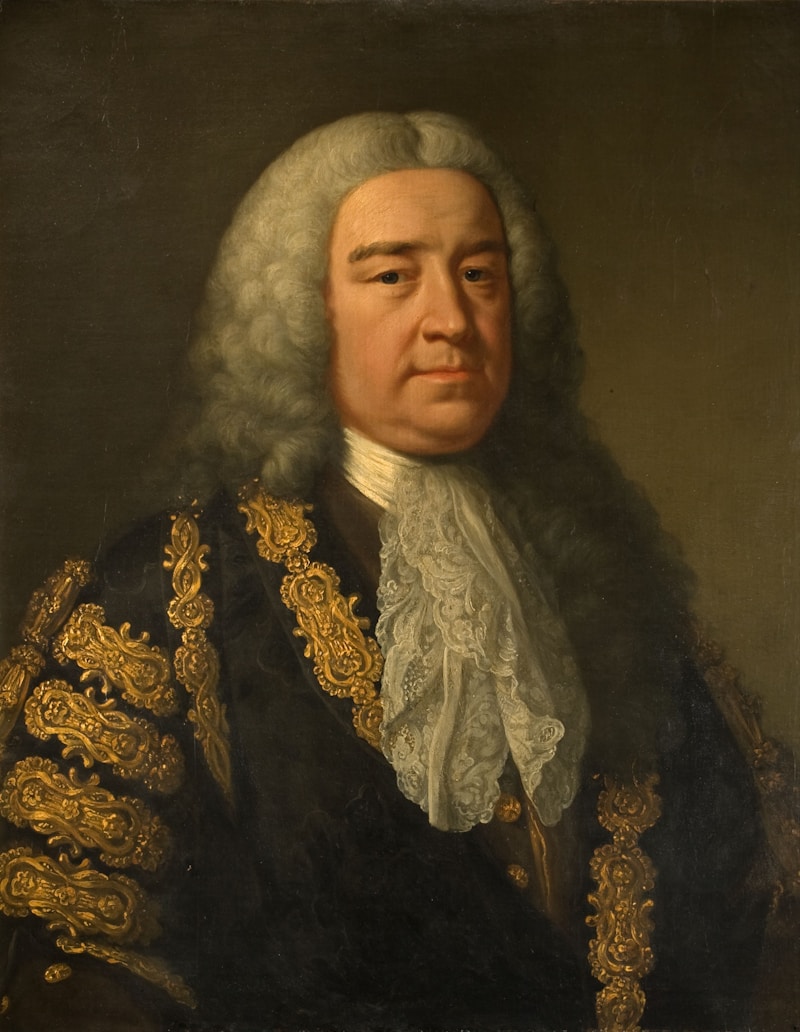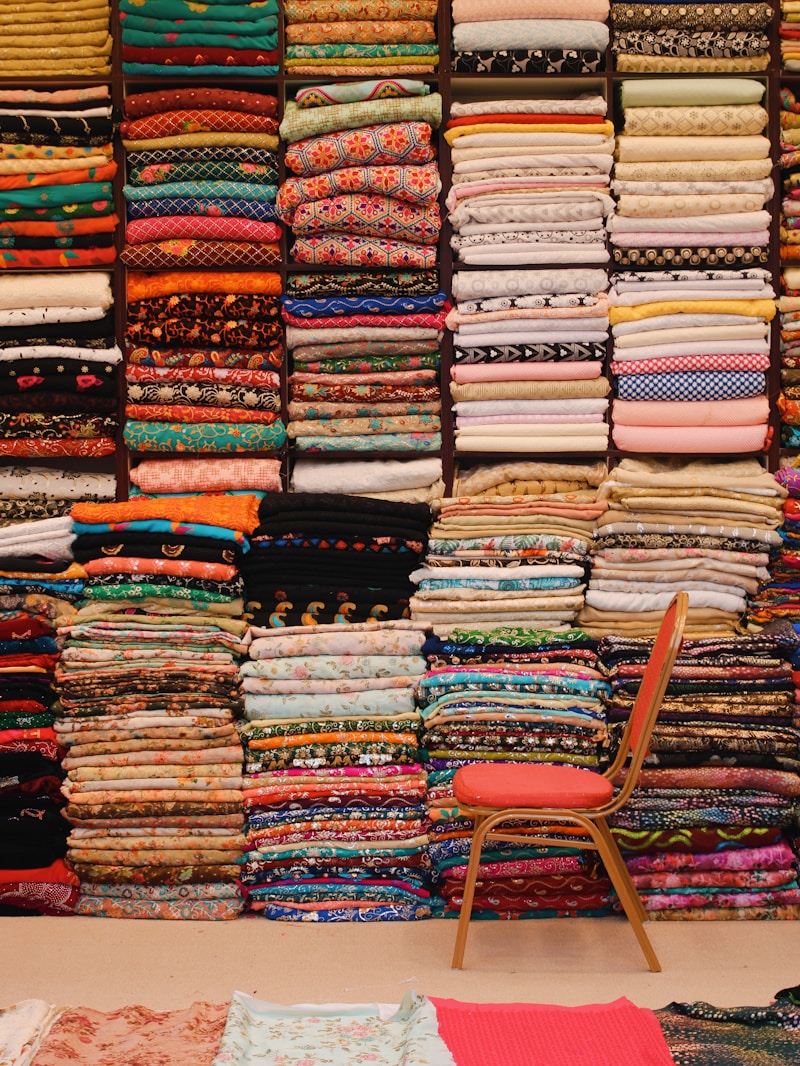The Significance of Lining in Wedding Attire
Understanding the Importance of Lining in Wedding AttireWhen it comes to planning a wedding, every detail counts, from the venue to the flowers, and most importantly, the attire. For brides and grooms, choosing the perfect outfit is essential, and while many focus on style and fabric, the significance of lining in wedding attire often goes overlooked. In this article, we will delve into why lining matters, the different types of linings available, and how they can enhance your wedding attire experience.What is Lining in Wedding Attire?Lining in wedding attire refers to the material sewn into the interior of a garment, serving various practical and aesthetic functions. It can provide structure, comfort, and coverage, ensuring that the outer fabric falls beautifully and that the garment maintains its shape throughout the day. Understanding the role of lining can help brides and grooms make informed choices for their special day.The Functional Benefits of LiningOne of the primary roles of lining is functionality. Here are several benefits that linings provide:Comfort: A good lining can prevent rough seams and scratchy fabrics from irritating the skin. It creates a smooth layer between the wearer and the outer fabric, promoting comfort throughout the event.Structure: Lining can help garments hold their shape, providing additional support for intricate designs and heavier fabrics. For example, a ball gown can benefit from a structured lining that accentuates its silhouette.Insulat...
Exploring Vintage Fabric Options for Timeless Styles
In the ever-evolving world of fashion, few trends stand the test of time quite like vintage styles. Every era brings its unique charm and aesthetic, and one of the best ways to tap into this nostalgia is through the use of vintage fabrics. In this article, we will explore various vintage fabric options that can help you create timeless styles, how to incorporate them into your wardrobe, and tips for sourcing these treasures.Why Choose Vintage Fabrics?The allure of vintage fabrics lies not just in their history, but also in their quality and uniqueness. Modern mass-produced textiles often lack the character and craftsmanship found in vintage pieces. Vintage fabrics can offer a great alternative for those looking to express their individuality through clothing and home decor.1. Quality and CraftsmanshipMany vintage fabrics were made with techniques and materials that are now hard to find. For example, pre-1970s cottons, silks, and wools often showcased superior durability and unique weaves, which can elevate the look and feel of any piece. The use of such high-quality materials can lead to garments that stand the test of time, both in style and physical longevity.2. Unique AestheticsWhen you wear vintage fabrics, you are wearing a piece of history. Each fabric tells a story, and its design often reflects the artistic movements of its time. Whether it’s the bold prints of the 1960s, the delicate florals of the 1950s, or the luxe textures of the 1920s, vintage fabrics can help cr...
Bridal Fabrics That Create Striking Silhouettes: Elevate Your Wedding Day Style
Introduction to Bridal FabricsChoosing the right bridal fabric is crucial for any bride aiming to make a memorable impression on her wedding day. The fabric not only dictates the overall style of the gown but also determines how it will flatter your figure. In this article, we will explore bridal fabrics that create striking silhouettes, helping you discover the perfect materials to enhance your wedding dress.The Importance of Selecting the Right FabricBridal fabrics can transform a simple design into an extraordinary creation. Factors such as weight, texture, and drape play significant roles in achieving the desired shape and flow. Here are some of the most popular types of bridal fabrics:Fabric TypeCharacteristicsBest ForSilkLuxurious, soft, and fluidA-line and sheath dressesTulleLightweight, airy, and sheerBall gowns and layeringLaceDelicate, intricate patternsVintage and romantic stylesChiffonSoft, flowing, and lightweightFlowy gowns and soft silhouettesSatinGlossy, heavy, and structuredMermaid and trumpet stylesHands-On Guide to Popular Bridal Fabrics1. SilkSilk is often considered the epitome of luxury among bridal fabrics. Its smooth and soft texture creates a beautiful drape that flows with grace. This fabric can enhance various silhouettes, particularly A-line and sheath dresses, giving them an elegant appearance. The natural sheen of silk also adds a touch of sophistication that is well-suited for formal weddings.2. TulleThe delightful texture of tulle makes it a fa...
The Interplay of Fabric and Embellishments: A Comprehensive Guide
Understanding the Harmony of Fabrics and EmbellishmentsIn the dynamic world of fashion, the interplay of fabric and embellishments plays a crucial role in defining a garment's appeal. The careful selection and combination of materials and decorative elements can elevate a piece from ordinary to extraordinary. This article delves deep into the essence of fabrics, the types of embellishments available, and how their interplay creates stunning visual masterpieces.The Significance of Fabrics in Fashion DesignFabrics are the foundation of any garment, serving as the canvas for designers' creativity. They come in various types, each offering unique qualities that affect the overall look and feel of an outfit. Let's explore some of the most popular fabric categories:Fabric TypeCharacteristicsCommon UsesCottonBreathable, soft, versatileCasual wear, shirts, dressesSilkLustrous, smooth, luxuriousEvening wear, lingerie, high-end fashionWoolWarm, durable, insulatingWinter clothing, coats, sweatersPolyesterResilient, quick-drying, easy careActivewear, everyday garmentsLinenLightweight, breathable, texturedSummer clothing, suits, dressesExploring Embellishments: Adding Flair to FabricsWhile fabrics lay the groundwork for a design, embellishments bring vitality and personality to garments. These decorative elements can transform an outfit, making it more than just clothing. Common types of embellishments include:Beading: Adds sparkle and dimension. Often used in evening wear.Embroidery: Int...
Selecting Fabrics for Destination Weddings: A Comprehensive Guide
Destination weddings offer a unique opportunity to celebrate love in stunning locations, whether it be a tropical beach, a rustic vineyard, or a charming European village. One of the most crucial aspects of planning any wedding is selecting the right fabrics for the attire, decor, and overall theme. In this article, we will explore factors to consider when selecting fabrics for destination weddings, examine popular fabric choices, and offer tips to ensure your wedding looks as beautiful as the location itself.Understanding the ClimateWhen choosing fabrics for destination weddings, it is essential to consider the climate of the location. Different weather conditions may call for different fabric types. Here's a breakdown:ClimateRecommended FabricsTropicalLinen, cotton, chiffonTemperateSilk, taffeta, organzaColdVelvet, brocade, heavier silksIn tropical destinations, lightweight and breathable fabrics are essential to ensure comfort, especially during outdoor ceremonies. Linen and cotton, for instance, have excellent moisture-wicking properties and allow for airflow, making them perfect choices. For temperate regions, silk and taffeta can provide a nice balance between elegance and comfort. On the other hand, if you are heading to a colder locale, opting for heavier fabrics like velvet will keep you warm while adding a touch of sophistication.Style and Theme ConsiderationsThe style and theme of your wedding play a significant role in determining the fabrics you should consider. ...
Innovative Fabric Technologies in Bridal Fashion: A New Era of Style and Comfort
In the world of bridal fashion, the quest for the perfect gown is an age-old tradition. Modern brides, however, are now seeking not just beauty but also innovation in the fabrics used in their wedding attire. Innovations in fabric technologies have revolutionized the bridal industry, offering a variety of unique benefits that enhance both the aesthetic and functional aspects of bridal wear. This article delves into some of the most innovative fabric technologies that are making waves in bridal fashion.Understanding Innovative Fabric TechnologiesModern fabric technologies go beyond traditional textile manufacturing. They involve scientific advancements that incorporate various elements including durability, comfort, sustainability, and aesthetics. The pioneering breakthrough materials can transform how brides experience their big day.1. Smart TextilesSmart textiles, or electronic textiles (e-textiles), have gained popularity, offering functionality along with style. These fabrics can integrate technology directly into the fibers, allowing for a range of features: Temperature Regulation: Some smart materials can adapt to temperature changes, ensuring the bride remains comfortable throughout the ceremony and reception. Moisture Control: Advanced moisture-wicking properties help keep brides dry, especially in humid locations. Interactive Elements: Some gowns may even incorporate LED displays for special effects that can be controlled via an app.2. Sustainable FabricsAs sustain...
Color Palette Considerations for Different Fabrics: A Comprehensive Guide
Understanding Color Palettes: Why Fabrics MatterChoosing the right color palette for various fabrics is a crucial aspect of design that can significantly influence the aesthetic and functionality of any project. In this article, we will delve into the considerations you should take into account when selecting colors for different types of fabrics, and how this expertise can enhance your design endeavors.The Importance of Color in Fabric SelectionColors can evoke emotions and convey messages. For instance, warm colors often evoke feelings of warmth and comfort, while cool colors can create a sense of calmness. When you select a fabric, the color palette should complement not only the material's texture but also the intended use of the fabric. Here are some key factors to consider: Fabric Type: Different fabrics reflect colors differently. Natural fabrics like cotton or linen may absorb colors in ways that synthetic fibers do not. Lighting: The environment where the fabric will be used plays a significant role in how colors are perceived. Natural sunlight, fluorescent lights, and incandescent bulbs all alter colors. End-Use Context: The intended use of the fabric—whether for upholstery, clothing, or curtains—can dictate the choice of color palettes.Color Theory BasicsTo make informed choices about color palettes, it's helpful to understand the basics of color theory. The color wheel, which includes primary, secondary, and tertiary colors, can help you visualize how col...
Exploring the Influence of Culture on Fabric Choices in Wedding Gowns
Understanding the Cultural Impact on Wedding Gown FabricsWedding gowns are often one of the most significant attire choices in a person's life, and the fabric used in these gowns plays a crucial role in the overall aesthetic and cultural significance. The influence of culture on fabric choices in wedding gowns is profound, as different cultures bring unique perspectives and preferences that shape the designs and materials used for these garments.The Significance of Culture in Wedding TraditionsThe cultural background of individuals heavily influences their wedding traditions. From the colors chosen to the styles of the gowns, culture dictates what is customary and accepted. For example, in many Western countries, white wedding gowns symbolize purity and innocence, while in countries like India, red is often favored as it represents prosperity and fertility. This varying symbolism directly affects the fabric choices as well.Popular Fabrics in Different CulturesLet’s explore some of the traditional fabrics preferred by different cultures in wedding gowns:CulturePreferred FabricsWesternSatin, Silk, LaceIndianSilk, Georgette, BrocadeChineseSilk, VelvetJapaneseChirimen, SilkMiddle EasternOrganza, TaffetaWestern Traditions and FabricsIn Western cultures, the white wedding dress became popular in the 19th century, primarily due to Queen Victoria's choice to wear white silk satin at her wedding to Prince Albert. This choice changed the fabric landscape significantly. The most commonl...
Exploring Artisanal Craftsmanship in Specialty Fabrics: A Deep Dive into Quality, Heritage, and Technique
Introduction to Artisanal Craftsmanship in Specialty FabricsIn an age where mass production often reigns, the revival of artisanal craftsmanship in specialty fabrics brings a refreshing narrative to the world of textiles. This article aims to delve into the intricacies of artisanal craftsmanship, its significance in creating specialty fabrics, and how this ancient technique holds a vital place in modern fashion and interior design. From traditional weaving methods to the innovative use of sustainable materials, we will explore it all.Understanding Specialty FabricsSpecialty fabrics refer to textiles that are crafted with a unique, high-quality approach, often involving specialized techniques and artisan skills. These fabrics can include anything from handwoven textiles using ancient techniques to contemporary fabrics that incorporate innovative technologies. The final product is not just a piece of fabric but an art form that tells a story of tradition, culture, and craftsmanship.The Importance of Artisanal CraftsmanshipArtisanal craftsmanship represents a commitment to quality and heritage. In a fast-paced, consumer-driven market, these skilled artisans prioritize meticulous techniques over speed. This dedication results in fabrics that are not only durable but also carry a personal touch that mass-produced textiles often lack. The artistry involved in creating specialty fabrics adds value, both in aesthetics and functionality.Historical Context and TechniquesThe world of ar...
Exploring Luxurious Lace Options for Elegant Occasions
Introduction to Luxurious Lace OptionsLace has long been a symbol of elegance and sophistication in the world of fashion and interior design. Whether you're planning a wedding, looking to enhance your home decor, or simply want to treat yourself to something exquisite, luxurious lace options can elevate your style to new heights. In this article, we will delve into the different types of luxurious lace available, how to choose the right one for your needs, and tips on caring for your lace items.Types of Luxurious Lace OptionsWhen it comes to luxurious lace, the variety can be astounding. Below are some of the most popular types you might consider:Type of LaceCharacteristicsBest UsesChantilly LaceDelicate floral patterns, lightweight, and transparentBridal gowns, evening wearVenise LaceHeavier and embroidered with raised designsAppliques on garments, vintage stylesAlençon LaceRich, intricate patterns with a netted backgroundWedding dresses, formal attireMcNair LaceLuxurious and elegant, often silk-basedHigh-end fashion pieces, luxurious interiorsChoosing the Right Luxurious LaceSelecting the right luxurious lace option can be a daunting task, given the plethora of choices available. Here are some factors to consider:Purpose: Determine whether the lace is for clothing, décor, or accessories.Occasion: The event can dictate the type of lace; for instance, bridal lace differs significantly from casual lace.Color and Texture: Laces come in various colors, so consider how they will ...
Exploring the Best Breathable Fabric Selections for Comfort and Style
Choosing the right fabric for clothing and home decor can greatly influence comfort, style, and even health. When it comes to breathable fabric selections, the options are abundant, making it vital for consumers to understand the benefits of various materials. In this article, we'll delve into the world of breathable fabrics, discussing their characteristics, applications, and how to choose the best options for your needs.What is Breathable Fabric? Breathable fabric refers to materials that allow air to circulate, thereby reducing the moisture buildup and keeping the body comfortable in various climates. This feature is particularly valuable for activewear, sleepwear, and any garments worn in hot or humid conditions. Breathable fabrics can also be beneficial in household items like sheets and curtains, contributing to an overall comfortable living environment.Why Choose Breathable Fabrics? There are several reasons why breathable fabric selections have gained popularity: Temperature Regulation: Breathable fabrics help maintain a comfortable body temperature, making them ideal for summertime wear. Moisture Wicking: Many breathable materials wick away sweat from the skin, making them excellent for athletic activities. Skin Health: Breathable fabrics reduce the chances of skin irritation and rashes caused by moisture buildup. Versatility: Breathable fabrics are available in various textures and styles suitable for different occasions. Types of Breathable Fabr...
Unlocking the Artistry of Intricate Embroidery Techniques
Exploring Intricate Embroidery TechniquesEmbroidery is an ancient art form that adorns textiles with stunning visuals, telling stories and preserving cultural heritage in every stitch. Among the myriad forms of stitching, intricate embroidery techniques have captivated artisans and enthusiasts alike, transforming simple fabrics into extraordinary pieces of art. In this article, we delve into the world of intricate embroidery techniques, exploring their history, types, and the skills required to master this timeless craft.The Rich History of EmbroideryThe origins of embroidery date back thousands of years, with evidence found in ancient Egyptian artifacts and Chinese textiles. Different cultures have contributed to the evolution of embroidery techniques, each bringing their unique styles and methods. Intricate embroidery techniques have often been a reflection of societal changes, celebrating beauty, craftsmanship, and creativity.Types of Intricate Embroidery TechniquesWith a wide array of intricate embroidery techniques, artisans employ different methods to achieve stunning results. Some of the most popular techniques include:TechniqueDescription1. SashikoA Japanese technique characterized by simple running stitches, often used to repair or embellish clothing.2. Crewel EmbroideryAn ancient hand-embroidery method using wool yarn, recognized for its elaborate motifs and design.3. BlackworkA style that utilizes black thread on a light fabric, often creating stunning geometric pa...
